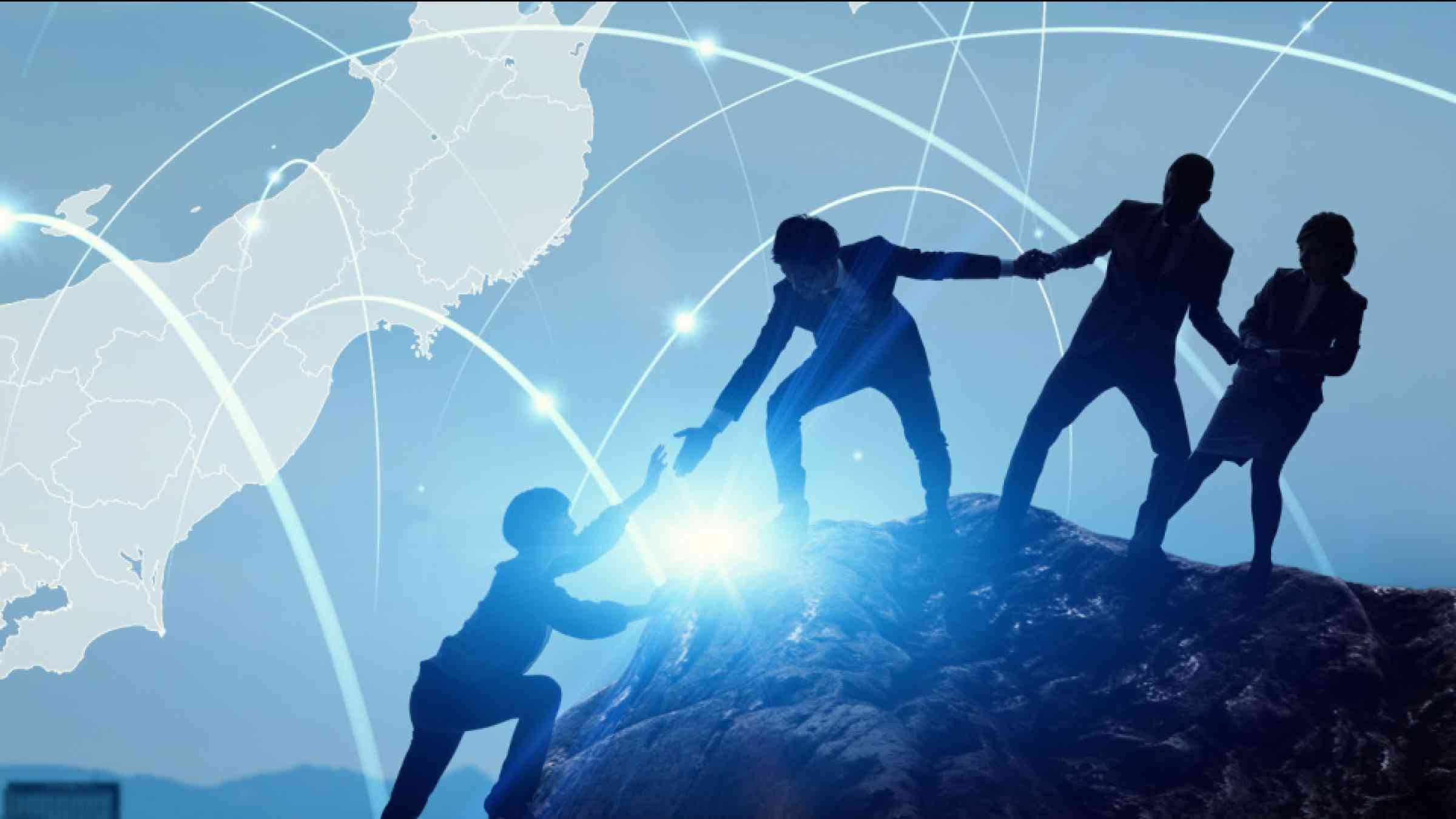How business is bringing innovation and technology to disaster management

When artificial intelligence (AI) is brought up in conversation, people are either afraid of it stealing jobs and taking over the world or they are excited by all the possibilities such technology will unlock for human society. The truth is that much depends on how the technology is used.
For this year's World Humanitarian Day, taking place on Monday 19 August, we decided to put the spotlight on innovation and technology to showcase how some of our partners - and the private sector more broadly - are leveraging #techforgood in the context of disaster management, to #actforhumanity.
Leveraging AI for better disaster preparedness
One major challenge we all have to contend with on a daily basis is the overwhelming amount of information available at our fingertips. But for a fisherman living on the coast, what matters is whether there is a hurricane or tsunami warning, or whether certain ports are closed - and that isn't always easy information to access.
In Peru, that's where Hombro a Hombro's new AI-powered "Centro Informativo" (information center) comes in. Leveraging the colossal amount of information provided by Government organizations, a lean team takes the AI output to review, correct, and prioritize details before producing radio and television programmes as well as social media posts. With information diced by province, 67 media outlets are currently sharing the output produced and distributed for free by Hombro a Hombro.
Amidst the detailed practical information, Hombro a Hombro includes a short segment to provide adapted recommendations for disaster preparedness.
Early warning through collaboration and timely information
Telecommunications company Dialog Axiata PLC has been an active member of the Asia-Pacific Alliance for Disaster Management Sri Lanka (A-PAD SL) and working through their "Sayuru" platform, in partnership with the Government, to issue early warning messages in case of storms, cyclones or tsunamis. Messages can go to specific regions, letting fishermen and others know when the conditions are too dangerous. As a result, there have been zero deaths in the fishing industry since 2022.
As part of one of the first Business Emergency Operations Center in the world, the Philippine Disaster Resilience Foundation (PDRF) monitors weather events and sends warning messages thanks to the Hazard and Disaster Analysis for Business Resilience (HANDA) system. The platform shows current information including areas with reported flooding, casualties, number of people missing, and more.
This system serves as a unified platform that eliminates the waiting time and provides focused efforts that enable member companies to assess and reduce their risk prior to potential disasters. The platform also allows these companies to plan relief and rehabilitation efforts that complement business continuity plans and programs.
Building on existing technology to save lives in an emergency
In 2017, Sri Lanka's mobile app-based taxi hailing service, PickMe, also a member of A-PAD SL, launched a unique in-app feature called SOS. Sri Lankans who were stranded during adverse weather could click the SOS icon for PickMe to identify their exact location to facilitate air rescue as A-PAD SL connected the app to the air force. That year, in the context of the heavy floods and landslides, close to 1000 boat and 50 helicopter evacuation requests were processed via the PickMe SOS feature.
These examples echo the findings of the report "Innovation in Disaster Management: Leveraging Technology to Save Lives" published earlier this year by CBi in partnership with the UNDP SDG AI Lab and reinforce the importance of the private sector having a seat at the table when it comes to disaster preparedness, response, and recovery. Not just as a source of funding, but as a driver of fresh ideas and solutions, including how to better integrate innovation and technology in disaster management.